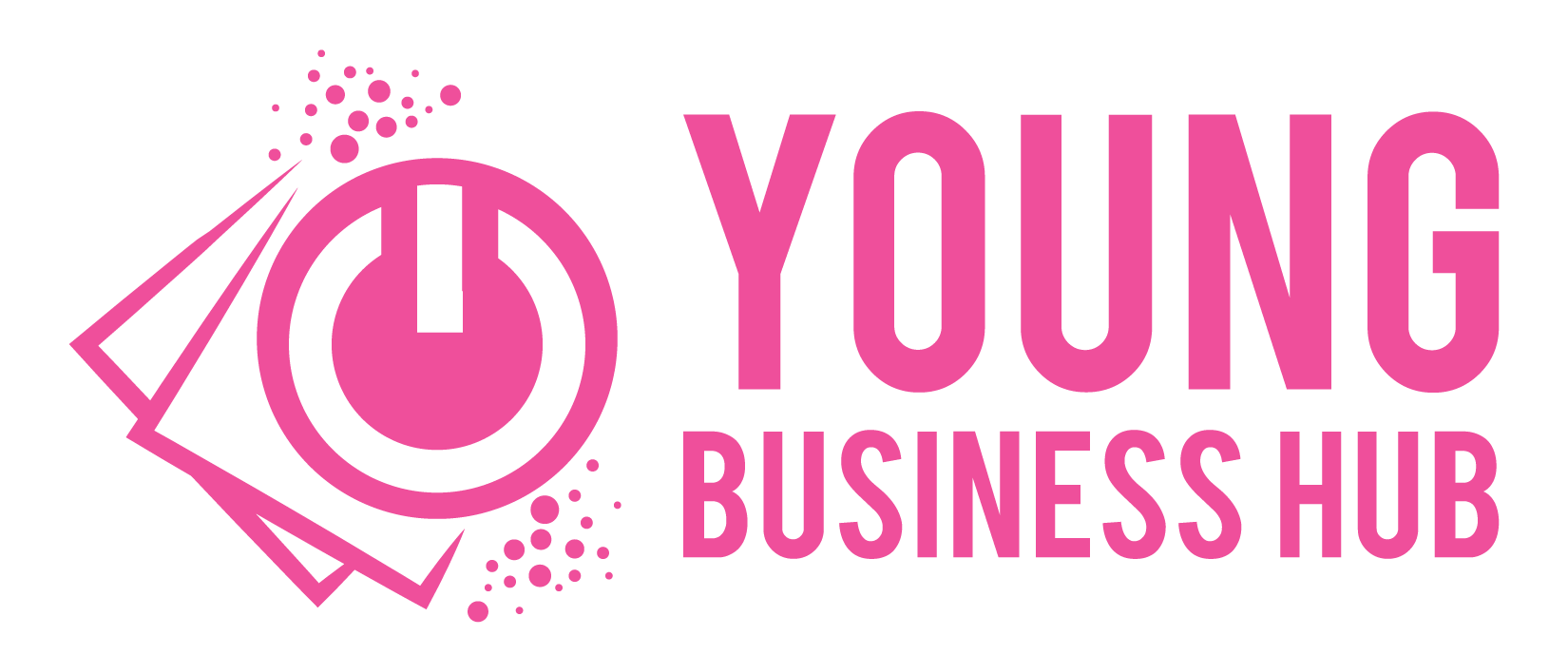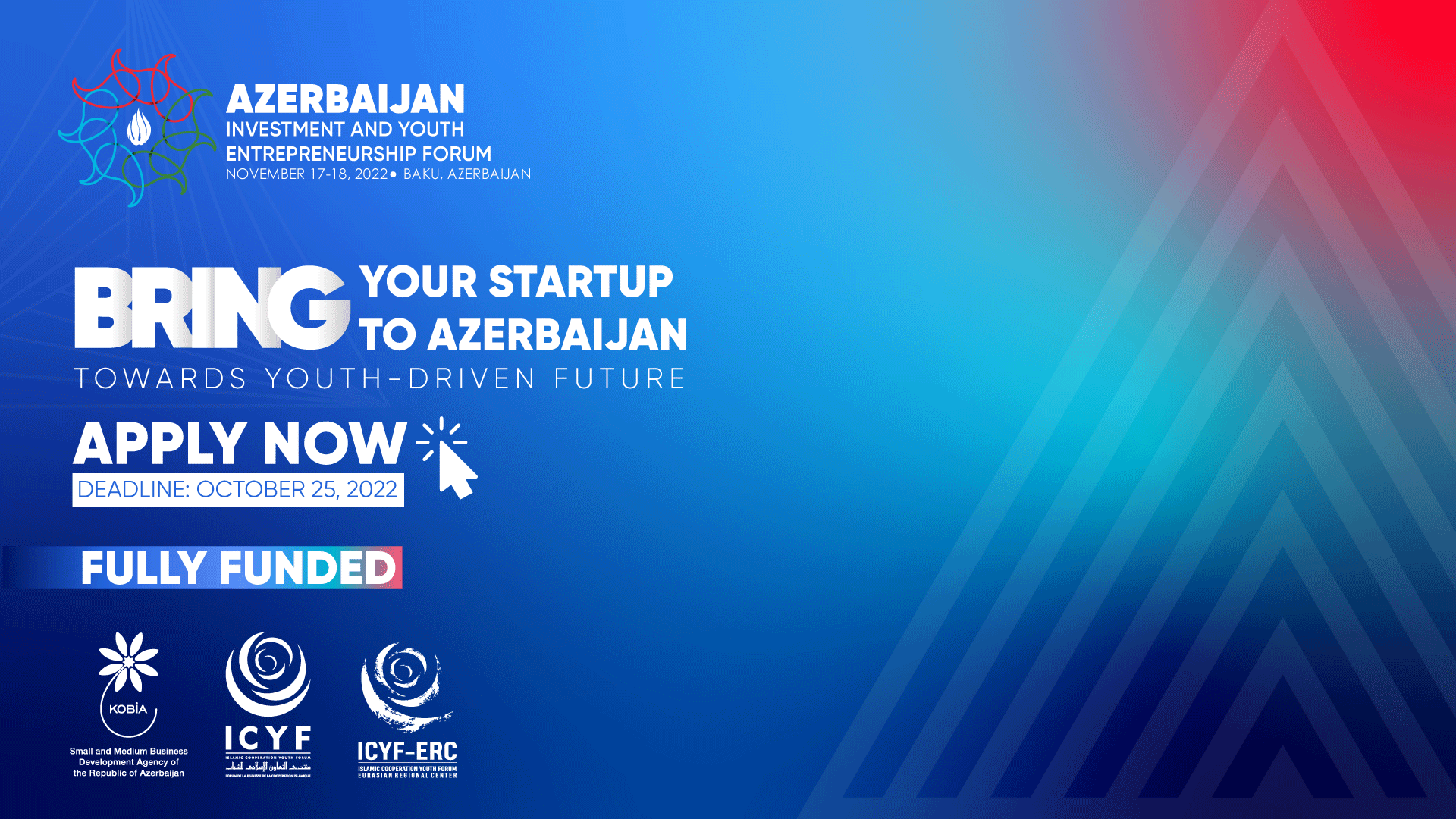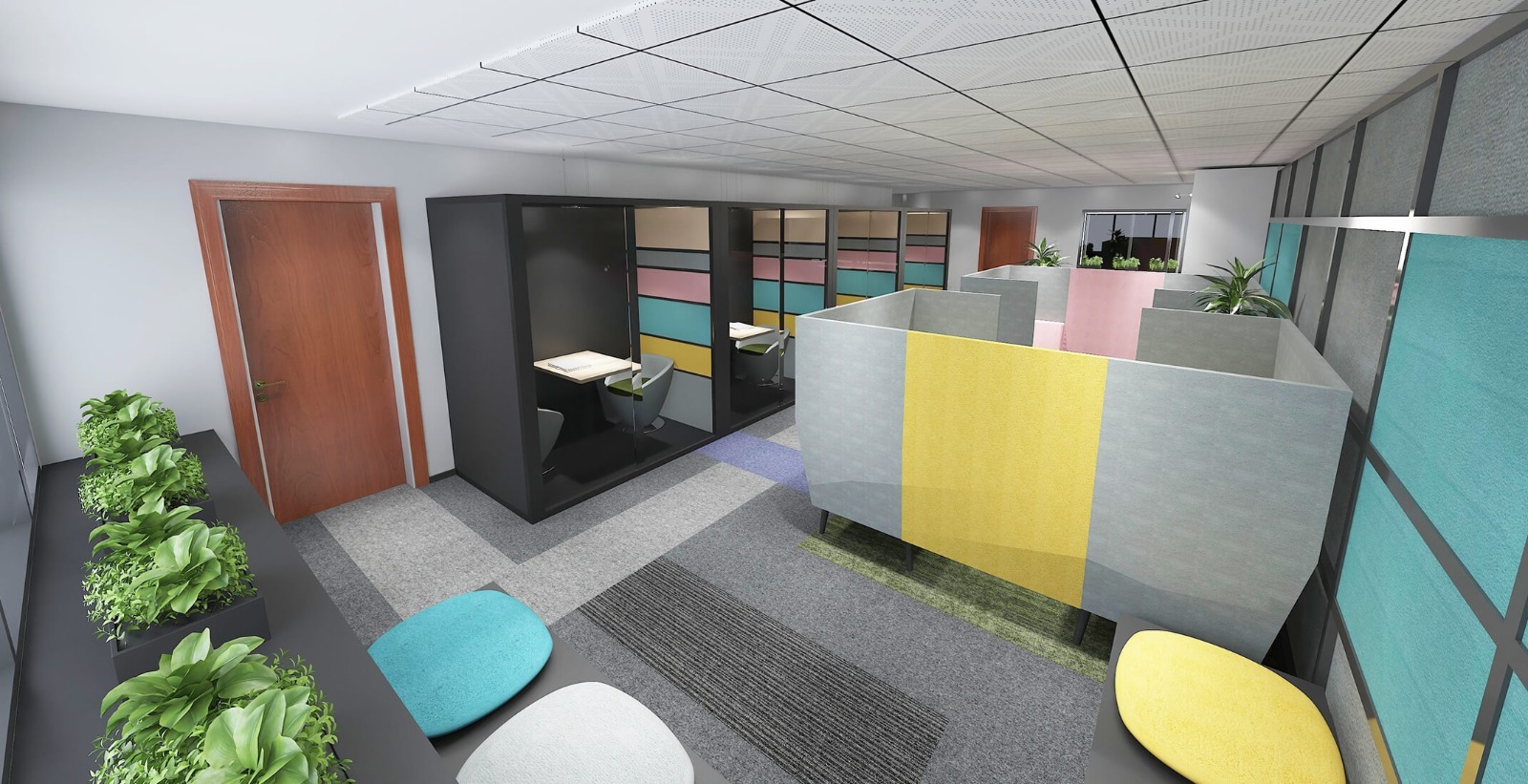How to Talk to Users
This article aims to collect the information in Y combinator for our entrepreneurs and give it as raw information. The second of these articles which we named as startup 101, is “how to talk to users “.
Let’s begin ?
The second lesson of the first week was on How to Talk to Users, given by Eric Migicovsky. For our initiative, it was a course where we were able to find answers to questions such as what we should talk to users about, what questions we should ask, what we should pay attention to in the answers, what kind of users we should meet at which stages.
The best entrepreneurs are those who communicate directly with their users at every stage of the enterprise and learn directly from them. Even if you are the CEO, your job description also includes talking to the user. Not only the CEO, but also managers and developers should know how to talk to the user. In order to establish a connection with the users, another position (Public Relations-Customer Representative) should be created and nobody should be allowed there, direct communication should be established.
Two things are at the core of Y Combinator tutorials: Coding (or product creation) and Talking to Users!
The tactics and strategies for user conversation that will be discussed in today’s lesson are derived from the book The Mom Test by Rob Fitzpatrick. Accordingly, there are three major mistakes made while talking to the user:
- Talk about what they think, not your opinion!
- Talk specifically about what they think, not about your hypotheses!
- Just listen if necessary, don’t talk! (Entrepreneurs are in love with their idea and want to talk about it all the time)
Here are five key questions you can ask in every user interview:
- What is the hardest part of your problem?
This is important to understand because they may be facing a different problem than the one you are considering and it may be better to focus on that. Ask them open-ended questions so you can get their point across directly. You also confirm that you are working on a problem that users are actively trying to solve in their lives.
- When was the last time you encountered this problem? (In our previous article, the importance of the frequency of encountering problems was mentioned.)
So, you have examples of under what conditions this problem is encountered in real life and this information is very valuable to you because it may happen more or less often than you think. Tell me about last time? real life problems…
- What was the hardest part of dealing with this problem?
Thanks to this question, you will get many different answers this is because each user is faced with different difficulties. Thus, you will not only solve the problem at hand, but also get the benefits of the product and the value it can provide to potential users. Remember that customers don’t buy your answer to the “what” question (phone), they buy it for your answer to the “why” question. (iphone- quality, premium, feeling superior, etc.)
- What were the solutions you produced for this problem you experienced?
Our goal here is to find out what alternative paths they have found. In this way, you will be able to see if a new solution is really needed. In addition, the solutions they use your competitors. This is how you find features that will make you better.
- What do you dislike about these solutions you use?
The answer to this question is important for you to offer a solution with better features. This way you can improve the parts you don’t like. However, for this question, “What would you like better in your product?” should not be approached. You may remember the quote attributed to (but not his) Henry Ford.
Talking to the users are important at every stage but catching the product-market fit is the crucial point of the event. If we consider the time so far as three critical stages, the points we need to pay attention to and the methods we need to apply will be different.
- Stage where you got the idea
Find users who are having the problem, but you don’t have to go far for that, you can have friends, colleagues, etc. may be. Remember, “The best products are the solutions people create for themselves,” so you can start by asking yourself. It is important to follow an objective and detailed strategy. Also, do not have this conversation by texting or sending an e-mail most of them will not be interested, take care of yourself, go and talk face to face. You can go to places where the product will be used, industrial events, etc. and find people. It will be “Guerrilla style” but so you can get the job done at “0” cost and talking to people who have the problem will motivate you too, if you have the solution. It is also important to take good notes if necessary, you can ask the user to get a sound recording. There is no need to plan in detail, just relax. The time of the person participating in the interview should also be respected, 10-15 minutes is enough time.
- Prototype Production Phase
At this stage, you can consider the users you will meet as your first customers. The important point is that you need to find the “best first customers”. It may not be a bright idea to try a technological application with your grandfather.
At this stage, ask your users about numerical things:
– How much have you spent so far to solve this problem? This is a necessary question for you to determine your pricing.
– How often do you encounter this problem? Those who deal with the problem a lot are best for you. In this way, the solutions you produce to their problems will appeal to both the really needed and a wide audience in the future as much as possible.
– What’s your budget? Maybe there are solutions to their problems right now, but they may not be able to solve the existing solutions because they are expensive.
The Venn diagram shows the Prototype phase. Level of Difficulty (Return on Investment), Frequency and Solving Ability (Budget, Resolution Authority). The ideal place in the middle is the best combination of features your prototype will contain.
- Product Launch
After launching your product, you will need to constantly adapt it to the market. That’s why you need to constantly focus on feedback from users. When you provide product-market harmony, users will demand the product from you. It is recommended that you read Marc Andreesen’s blog post.
Superhuman company asks all customers this question: How upset would you be if it weren’t for us? I was very sad, they saw that the answer was above 40%. Such a ratio is great. They also call those who say they wouldn’t be upset, one by one, so they redesign their products and make them better. This is the correct approach.
Useful link ; https://www.ycombinator.com/library/6g-how-to-talk-to-users



